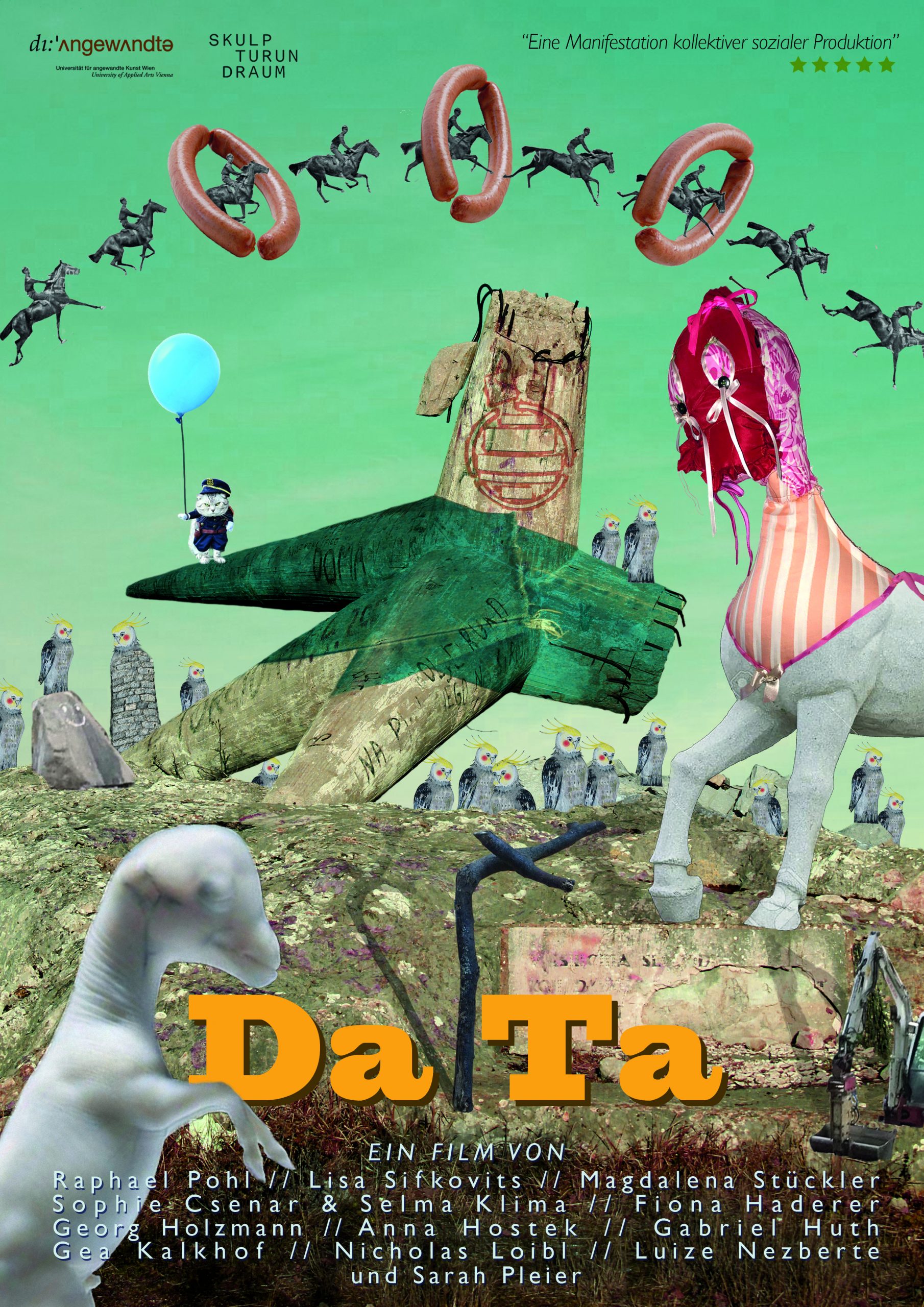In Lawrence Webb’s book The Cinema of the Urban Crisis, architect Michael Sorkin cites the cadavre exquis, a collaborative drawing game invented by the Surrealists, as the perfect representation of urban space – “the city: our greatest, most out of control collective artefact”. To that effect, Aldo Rossi also points to the psychological experiences of a collective universe that constitute the basis of cities. Like cinema, perhaps, the city is seen as a formal expression of the relationship between individual and collective consciousness; both structure and ruin, the city is a manifestation of collective social production.
Da Ta is a film that consists of 12 episodes, made by 12 different students, using the cadavre exquis technique. From contribution to contribution, vague clues and coincidences are introduced to form a collective image. The camera, passed on to the next contributor once the previous segment has been completed, serves as a collective tool. Each episode reveals individual approaches and diverse assertions about the contrasting relationship between the media of sculpture and film. The restrictions currently imposed on us provide a very real backdrop: the sequences have been filmed in living spaces or their immediate surroundings, while each episode has the absence and/or presence of a crisis play a central role.
If the virus is considered material, it might initially be spoken of in terms of absence, of the invisible or ephemeral. And yet this “miniscule material” produces maximum causal visibility and impact.
Prof. Hans Schabus, Institut für Bildende und Mediale Kunst

